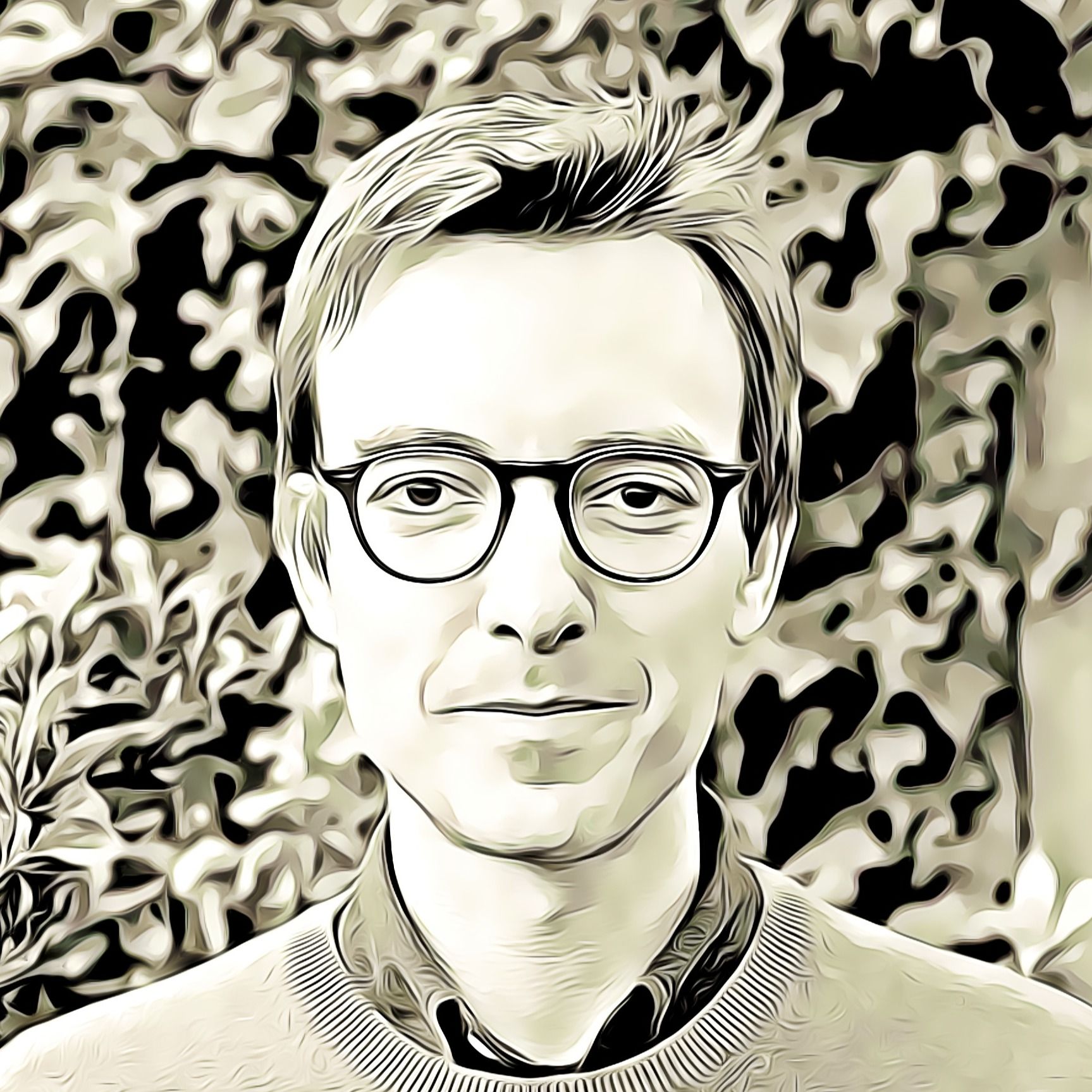346 reads
So, Just What is Technology?
by
February 1st, 2022
Audio Presented by

Author of End State: https://amzn.to/3ybEsGd I write about how we govern a digital economy
About Author
Author of End State: https://amzn.to/3ybEsGd I write about how we govern a digital economy
Comments
TOPICS
Related Stories
109 Stories To Learn About Ocean
Oct 01, 2023
109 Stories To Learn About Ocean
Oct 01, 2023